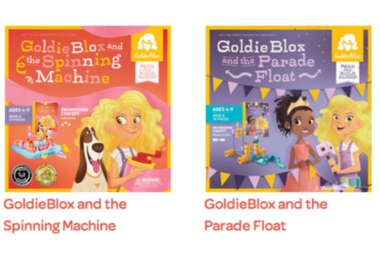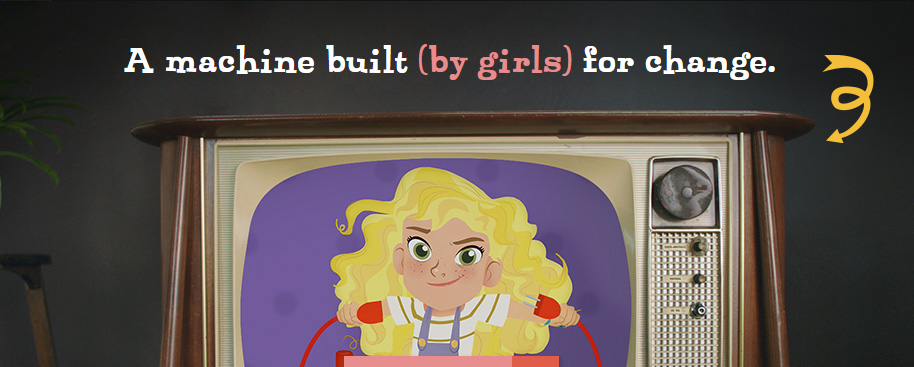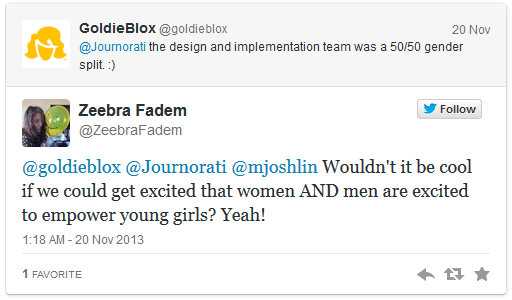| Welcome to our new Point-Counterpoint series. See a topic being debated on the interwebs that needs a point/counterpoint view involving media and marketing’s impact on kids?
This is an uneven example, but points a bit to the debate about the mixed messages and methodology behind the gender-coding of the GoldieBlox product launch. As one who is an avid supporter of product development that engages and inspires STEM, I tend to fall in the “whatever works, go for it” camp, IF it builds on brain plasticity rather than “sets it.” (See Lego Friends: Please Build On Possibility, Brain Plasticity about some missed opportunities there). Personally, I’m a huge proponent of the macro conversation of closing the gender gap, and heavy fan of the “maker movement” in the marketplace (See Little Bits & Roominate: Innovate to Educate With STEM) so will revisit this topic in 2014 as we see fabulous forward movement with organizations like Girls Who Code and powerful media campaigns like the “Hour of Code” which set in motion 737M+ hours of code written by students for Computer Science Education Week. I never got around to posting a “point/counterpoint” of my own on the GoldieBlox media/marketing brouhaha so here’s a quick snapshot of a couple of allied partners out there…This is just a template to get started on many topics and conversations to come… |
|
Point: Stop Using Stereotypes to Sell STEM to Girls
|
CounterPoint: Focus on Macro vs Micro, Close the STEM Gender Gap
|
Point-Counterpoint GoldieBlox
December 6, 2013 by Leave a Comment






Speak Your Mind